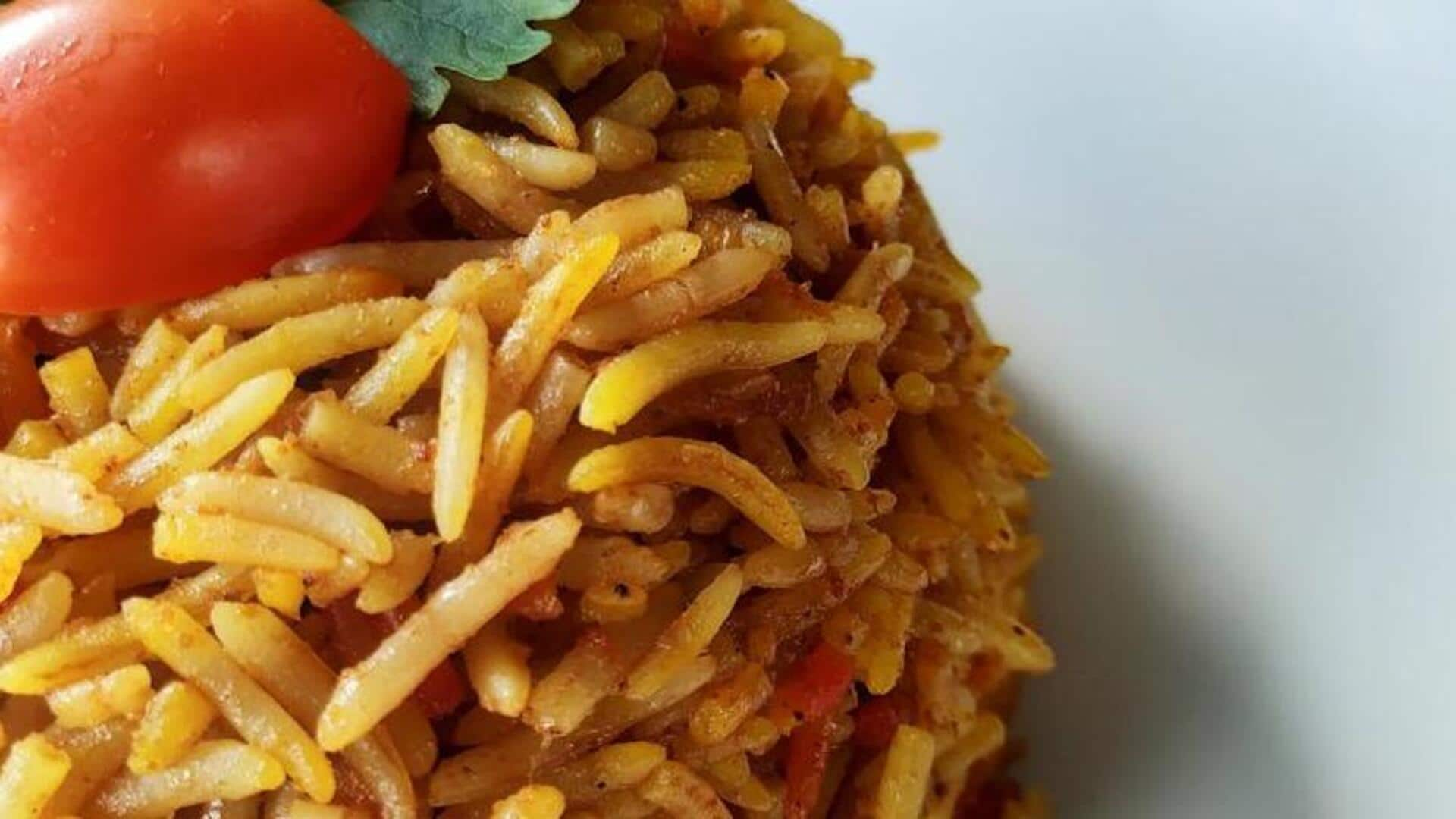
Biryani's journey: How it became a globally-loved dish
What's the story
Biriyani, a dish with deep historical roots, has traveled far beyond its origins to become a global culinary sensation. Its journey from regional kitchens to international fame is marked by cultural exchanges and adaptations. This article explores the factors contributing to biriyani's widespread popularity and how it has been embraced in various parts of the world.
Roots
Historical origins and evolution
We can trace biriyani's origins back several centuries, drawing influences from Persian, Indian, and Mughal cuisines. First made as a royal dish, biriyani was defined by its aromatic spices and layered rice preparation. As biriyani traversed regions, it evolved, with each adding its own flavors and techniques, contributing to the rich diversity of biriyani we have today.
Global influence
Cultural adaptations across borders
As biriyani traveled beyond its birthplace, it adapted to local tastes but retained its core essence. In Southeast Asia, for example, local spices were added to the traditional recipe. Similarly, in the West, chefs have experimented with locally available ingredients but kept the dish's signature aroma and texture intact.
Market dynamics
Economic impact on local markets
The world-wide popularity of biriyani has had huge economic implications on local markets where it is made or eaten widely. In countries like India and Pakistan, biriyani adds a lot of money to food industry's revenue. The demand for authentic spices used in biriyani has further boosted the trade in these areas.
Media influence
Role of media in popularizing biriyani
Media platforms have played a crucial role in popularizing biriyani the world over. Cooking shows often feature this dish, given its rich history and complex flavors. Social media influencers share their versions of biriyani recipes with millions of followers around the world, further enhancing its appeal among diverse audiences.